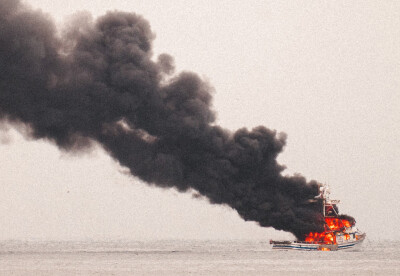They are certainly cute, but the voracious appetites of sea otters continue to cause horrendous damage to some of Southeast Alaska’s most lucrative fisheries.
How best to curtail those impacts will be the focus of a daylong stakeholders meeting set for Nov. 6 in Juneau.
“All of the people who have anything to do with the otters hopefully will all be in the same room at the same time,” said Phil Doherty, co-director of the Southeast Alaska Regional Dive Fisheries Association based in Ketchikan.
A 2011 report by the McDowell Group showed that otter predation on sea cucumbers, clams, urchins, crabs and other shellfish cost the Southeast economy nearly $30 million over 15 years. And their population has skyrocketed since then.
Four hundred otters were reintroduced to Southeast by the Alaska Dept. of Fish and Game from Amchitka Island in the 1960s after nearly being wiped out by fur traders at the turn of that century. The otters, which rose to nearly 26,000 in the latest assessment updated in 2014, are under federal protection and managed by the U.S. Fish and Wildlife Service. The animals can grow up to 100 pounds and typically eat the equivalent of a quarter of their weight each day.
Last year, at the urging of 20 Southeast towns, organizations and Native groups, the Alaska Senate passed a resolution asking for the state to take over otter management and to provide for more protections.
“If the population continues to go unchecked, predation from sea otters inevitably threatens the future of dive and crab fisheries, jeopardizing hundreds of jobs and tens of millions of dollars in economic activity,” Senator Bert Stedman (R-Sitka) wrote in a statement.
One suggested solution has been to allow increased hunting by Native Alaskans, the only people allowed to do so, and lowering the Native blood “eligibility” to one-quarter of a percent. But Doherty said at a growth rate estimated between 12 and 14 percent a year, hunting can’t keep up with the population. Another problem is restrictions on what Natives are allowed do with the otters they hunt.
“The Marine Mammal Protection Act clearly states what Alaskan coastal Natives can do with sea otters,” Doherty explained. “They have to produce a finished product that is in the tradition of Native art and how they’ve used them over the years. They cannot harvest sea otters and sell just the pelt on the open market.”
Patrick Lemons, Alaska chief of marine mammal management for U.S. Fish and Wildlife said last year that the Marine Mammal Protection Act limits the agency’s response, and they cannot intervene to protect commercial fisheries until a species is at “optimum sustainable population.”
The agency recently put the Southeast region’s otter carrying capacity at 77,000, Doherty said.
“Until we’re at that carrying capacity, they will manage the sea otters in a very conservative mode. And once we get to 77,000 otters, we can kiss some of these industries goodbye — and it is not just the dive fisheries. The Dungeness crab fishery here in Southeast is being severely impacted. And otters eat king and tanner crab, so there’s going to be impacts on all of the shellfish fisheries.”
While the upcoming meeting will provide a valuable exchange, Doherty is not optimistic about the outcome.
“Because the otters are so protected within the Marine Mammal Protection Act, I don’t think anything is going to change the tide of the sea otter population here in Southeast Alaska.”
The Nov. 6 otter meeting will take place at the Andrew P. Kashevaroff Building in Juneau. It is free and open to the public.







